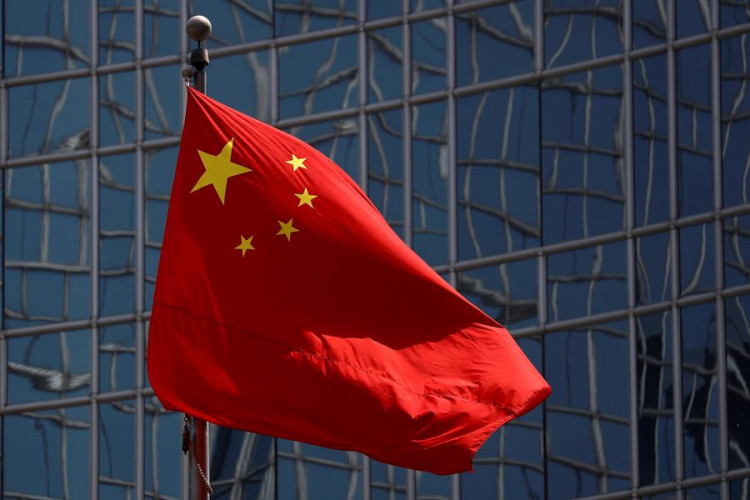China's economy expanded at the slowest pace since early 2023 in the third quarter, as the world's second-largest economy grapples with a property market slump and weak domestic demand. Despite slightly better-than-expected consumption and factory output data in September, the overall economic picture remains challenging for Beijing, pushing for additional stimulus to revive growth.
Official data showed that China's gross domestic product (GDP) grew by 4.6% in the third quarter, just above the 4.5% forecast by a Reuters poll but below the 4.7% growth rate seen in the previous quarter. Analysts see these numbers as in line with expectations, with Bruce Pang, Chief Economist at JLL, noting that "China's Q3 2024 data is not a turn-up for the books. The performance aligns with market expectations, given the weak domestic demand, a still struggling housing market, and slowing export growth."
Authorities have been ramping up stimulus measures since late September, but markets are waiting for further details on the size and scope of the package. "The stimulus package announced at the end of September will take time and patience to boost growth over the next several quarters," Pang added.
Policymakers expressed confidence that the economy could meet the government's annual growth target of around 5%, aided by more policy support and further cuts to bank reserve requirements. "Based on our comprehensive assessment, the economy in the fourth quarter is expected to continue the stabilization and recovery trend that occurred in September. We are fully confident in achieving the full-year target," said Sheng Laiyun, deputy head of China's statistics bureau.
However, the property sector remains a significant hurdle. Despite forecast-beating industrial output and retail sales figures for September, the real estate market continued to show signs of sharp weakness. "We would downplay the importance of better-than-expected key economic indicators in September given that the structural weakness in the property and household sectors remains largely unaddressed," said Betty Wang, an economist at Oxford Economics. She added that while recent stimulus measures might cushion the downside risks, they are unlikely to reverse the structural downturn.
The latest figures showed that new home prices fell at the fastest pace since May 2015, with China's property sector continuing to face intense challenges despite numerous rounds of support measures over the past year. With 70% of Chinese household wealth tied up in real estate, consumer sentiment remains dampened, impacting broader spending. The slowdown in the property sector has also spilled over into other parts of the economy, including the steel industry, with crude steel output in September falling for the fourth straight month.
Moreover, cracks are starting to appear in the export sector, which had been a rare bright spot for China. Export growth slowed sharply last month, reflecting weakening global demand. "The property market unsurprisingly remains the biggest drag on China's growth," said Lynn Song, chief economist for Greater China at ING. "New investment is unlikely to see a substantive recovery until prices stabilize and housing inventories decline. Until then, property will remain a notable headwind to growth."
In response, China's central bank announced two new funding schemes to support the equity market, leading to a 2.5% rise in the blue-chip CSI300 Index and a 2.0% increase in the Shanghai Composite Index on Friday. However, the broader outlook remains uncertain as deflationary pressures persist. "The GDP data confirmed that China faces excess supply and lack of demand. China is seen falling into fully-fledged deflation," said Toru Nishihama, Chief Economist at Dai-Ichi Life Research Institute in Tokyo.
Policymakers have pledged to shift their focus towards stimulating consumption, traditionally relying on infrastructure and manufacturing investments to drive growth. However, many economists remain skeptical of Beijing's ability to address structural challenges such as overcapacity, high debt levels, and an aging population. "China has started to roll out a flurry of stimulus measures since last month. I'm not sure if those measures are sufficient or not," Nishihama said. "What I can say is that Chinese authorities are missing the mark - they are not doing what should be done while leaving structural problems unattended."
Despite the gloomy outlook, some analysts believe that the stimulus measures could still help China meet its growth target for the year. "The stimulus measures are likely to propel the economy to its around 5% target for the year," said Harry Murphy Cruise, an economist at Moody's Analytics. However, he added that more is required to address the underlying issues facing the economy.






